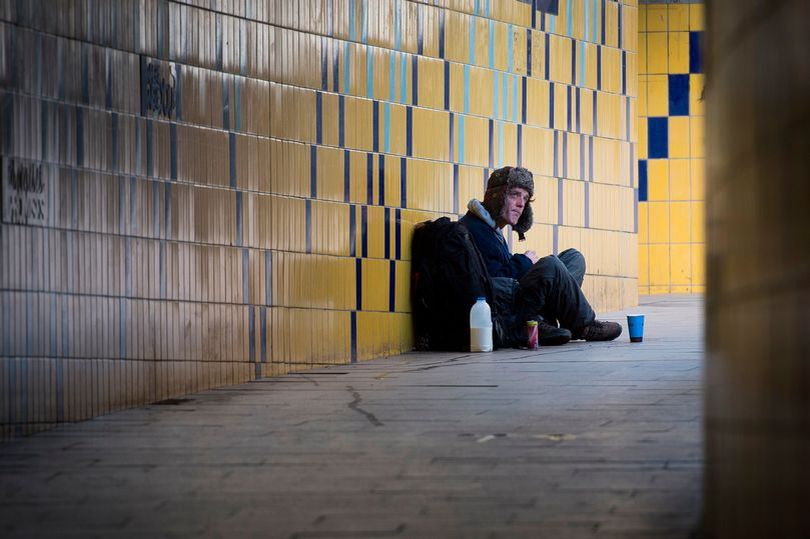Leeds is a great city to live in for a wealth of reasons; it has a young population, exciting nightlife, and many varied neighbourhoods to name a few things. Nevertheless, there are a number of factors that have inhibited Leeds from becoming a truly magnificent city. Public transport links in and out of town are far from perfect. There is a shortage of open public spaces, especially green ones. Those arriving at Leeds Station are given a dreary first impression as they are head into town down New Station Street, a crowded and narrow road punctuated by abandoned units. It’s clear to see that there is room for improvement.
Recent news of grand construction plans should, therefore, be welcomed. The regeneration of the River Aire’s South Bank – estimated to cost around £350 million – will almost double the size of the city centre delivering new shops and offices in the process. Meanwhile, the area surrounding the Arena is to become greener with the introduction of a lawn and more trees. More still, the recently opened South entrance at Leeds Station is just one element of a £500 million expansion in preparation for HS2’s arrival.
These initiatives fall in-line with Leeds City Council’s ambitious ‘Core Strategy’ framework for development which was adopted in 2014. Its prime objective is for Leeds to be the ‘best city in the UK’ by 2030, which for the Council means ‘being fair, sustainable and inclusive’. A key part of the criteria for new development plans in Leeds is that they must ‘respect and enhance’ the local character and identity of the city and its neighbourhoods – a criterion that was clearly met with the impressive Victoria Gate shopping centre and its beautifully tiled exterior which nods to Leeds’ historical status as a hub of textile production.
The ambitions of Leeds City Council are commendable and reveal a genuine desire to see Leeds progress from being a regional power to a nation-wide one. However, the backdrop on which these developments are taking place is not entirely rosy. Despite the developments, over 150,000 residents in the city still live in ‘absolute poverty’. In addition, Leeds has not been insulated from the national housing crisis and in fact, the demand for social housing in Leeds is four times greater than supply.
On a walk from Uni into town, one will pass homeless people on every corner. Homelessness according to one tally rose four and a half times from 2010 to 2017 and six people have died on the streets in the last eighteen months. The situation is acute, evidenced by the fact that one social home in Little London received 674 bids alone. Compounding this, many ‘affordable’ homes that are being built in Leeds are not offered with fixed, low-cost rents.
It seems there is a worrying discrepancy between the council’s ‘Core Strategy’ and its wider housing policy. In a cruel irony, earlier in December, just two months after the council’s executive board met to discuss ways to combat rough sleeping and prevent the homeless from actually dying in the street, plans were approved for a multi-million-pound project that will see two state-of-the-art hotels constructed at Great George Street.
Such realities beg the question ‘who is all this development for?’. The goal of Leeds being a ‘fair, sustainable and inclusive’ city seems ever more fanciful. It is unclear, for instance, how glamorous hotel projects serve to ‘enhance’ the identity of neighbourhoods in Leeds. Nor is it apparent whether the shortage of affordable living space at all informed the decision to double the size of the city centre and provide more space for business and retail. What is clear is that if the imaginative and outward-looking plan for the city’s needed development is pursued without greater sensitivity to the realities of those people who currently live in and around Leeds, then it risks rendering itself as a series of misguided vanity projects that offer little of value to the city’s residents.
Joe Di Trapani
Main Image Credit: Daily Mirror

